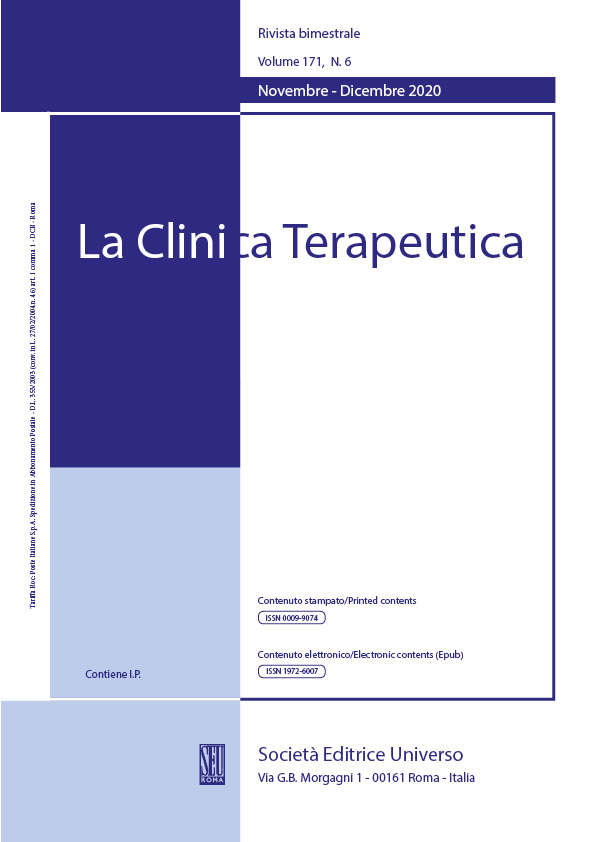Abstract
Background. As sharp force injury accounts for 10-20% of clinical forensic examinations, forensic pathologists are often asked to investigate deceased victims of stab wounds. Moreover, homicide by sharp force (stabbing) is one of the most common in European countries, involving generally domestic or interpersonal conflict. Stabbing as a suicide method constitutes a low percentage of all suicides, 2% to 3%. Accidental death due to sharp force is even rarer (0–3%) and usually caused by an impact or a fall into different type of glass surface. Death due to stabbing is usually caused by exsanguinating incisions to organs or large blood vessels (such as arteries), leading to haemorrhagic shock. Penetrating artery injuries are well known in clinical settings, and extremities are the most common sites of such injuries. Indeed, 50% to 60% of injuries occur in femoral or popliteal arteries, 30% in brachial artery.
Aims. The aim of this paper is to present two rare cases of sharp force fatality, showing how a thorough forensic pathology methodology, including death scene investigation, autopsy examination, and toxicological analyses, are pivotal to detect the manner of death.
Case Reports. This paper presents two peculiar cases of sharp force fatalities: the first, a single and accidental stab injury on the right armpit which caused a complete transection of the axillary artery; the second, a single homicidal stab wound on the lower leg causing a full-thickness lesion of the anterior tibial artery.
